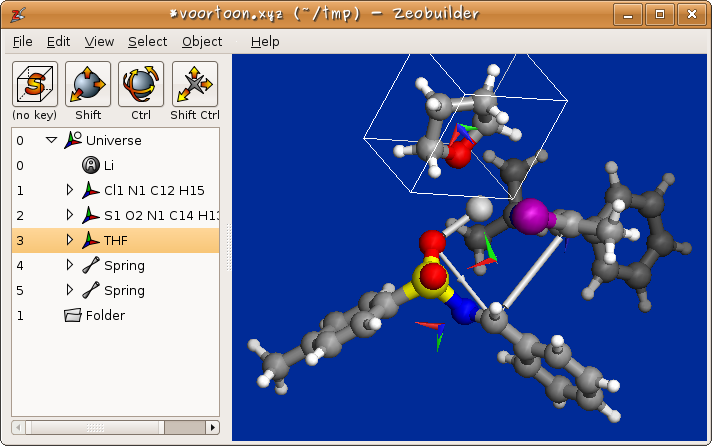Zeobuilder Quick Tour¶
This page contains an (incomplete) illustrated overview of Zeobuilder’s capabilities.
A slick user interface¶
The user interface of Zeobuilder is kept minimalistic to encourage new users and developers. As illustrated below, this straightforward design does not boycott the implementation advanced and powerfull features.
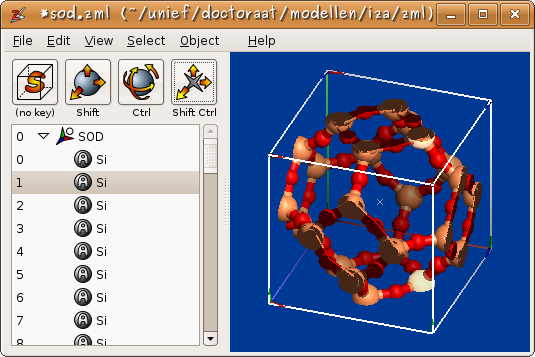
Figure 1: The clean and concise user interface of Zeobuilder.
The user interface consists of four parts:
- The big frame at the right contains the 3D visualization of the molecular model
- The top of the window hosts the menu bar that offers many functions to manipulate/analyze the model.
- Below the menu bar four interactive toolbar buttons are available and can be assigned to pre-programmed short-cuts. Depending on the modifier keys pressed while working with the mouse in the 3D view, (parts of) the model are selected, translated, rotated or the rotation center is translated.
- The lower left part is a logical presentation of the model: It lists all items in the model in a hierarchical fashion.
The 3D view uses the OpenGL standard for rendering the model. Zeobuilder makes extensive use of OpenGL display lists to unleash the full potential of 3D hardware acceleration. Manipulations like rotations and translations, even for thousands of atoms, are rendered fluently on screen.
User friendly¶
Any operation in Zeobuilder can be undone, redone or repeated if applicable. Humans make mistakes, so Zeobuilder offers the necessary tools to fix them.

Figure 2: Basic features that make Zeobuilder user-friendly.
Arbitrary parts of the model can be cut, copied, duplicated and pasted at new places in the model, or even in different instances of the Zeobuilder program.
Most prominent menu functions are activated via a keyboard short-cut.
Zeobuilder automatically detects which menu functions are applicable to the current selection, and only these menu functions are enabled.
Selections in the 3D view and the logical view are always synchronized. Depending on your situation, the one is more practical than the other.
Zeobuilder also has it’s proper file format (.zml) in which all model information can be stored. Zeobuilder also accepts external file formats such as the .xyz and the .pdb formats, but in the .zml format is designed to store all information in a Zeobuilder model.
Configurable¶
The interactive function buttons have no definite meaning. The user can associate different interactive functions with each combination of modifier keys
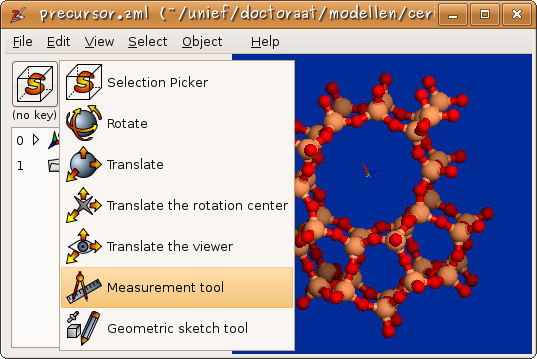
Figure 3: One easily configures the interactive function associated with a given modifier key.
Internally Zeobuilder represents all information in atomic units. This facilitates the programming of many features. When displaying certain measures in the user-interface, they are converted to the default units select in the configuration dialog. When the user enters new values, a different unit can be appended to that number, or if the unit is omitted, the default unit is assumed.
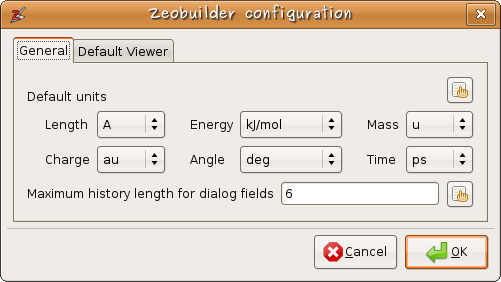
Figure 4: Users can select their favorite units.
When a menu-bar function requires some parameters from the user (via a dialog box), Zeobuilder will remember the values which have been used as input during the last session of this menu function. These data are also stored in a configuration file, so Zeobuilder remembers them the next time you start the program.
Some fields in the dialog boxes throughout Zeobuilder show an extra functionality when it comes to remembering previously used values. Zeobuilder records a history of the last 6 (or more) values. The user is free to save his favorite presets.
Advanced analysis¶
An elementary analysis of a molecular structure includes the measurement of various types of internal coordinates. The ‘’Interactive measurement tool’’ has been developed to make this task easy. Figure 3 shows how one selects the measurement tool. In figure 5, an example measurement is given on a zeolite structure. Zeobuilder does not only measure the conventional bond length, bending angle and dihedral angle, but also distances between points, lines and planes.
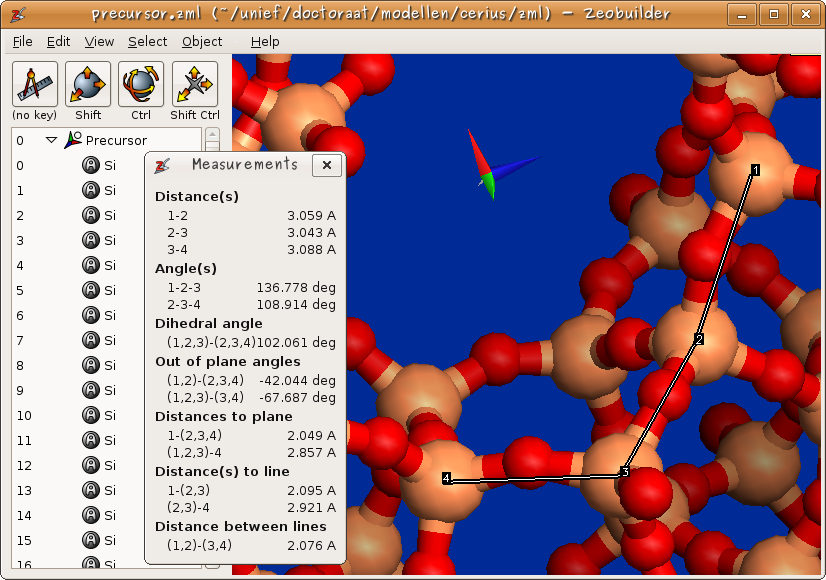
Figure 5: An example measurement of internal coordinates.
Instead of individual measurements, one can also make a statistical overview of the distribution of bond lengths, bending angles, ... An example for the Si-O-Si bending angle distribution in a zeolite cluster, is given in figure 6.
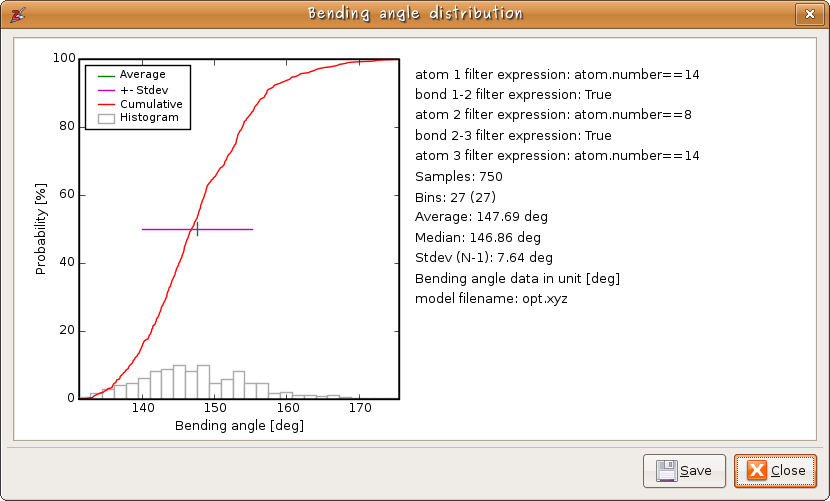
Figure 6: An example of a statistical analysis of bending angles.
Also a topological analysis is of interest in several fields, e.g. Zeobuilder can enumerate all ‘’strong rings’’ in a molecular topology.
Powerful building tools¶
The connection scanner for zeolite building blocks¶
Several zeolite-oriented tools in Zeobuilder, including the connection scanner, use a geometrical abstraction of a condensation reaction. This is visualized in figure 8. The hydrogen atoms are hidden to keep the figure transparent. (a) One selects certain pairs of oxygen atoms that take part in the condensation reaction. (b) The spring optimization or the connection scanner translate and rotate one of the two molecules as to bring each pair of oxygen atoms into overlap. (c) Each (overlapping) pair is replaced by a single oxygen atom at the geometrical mean of the two original atoms.
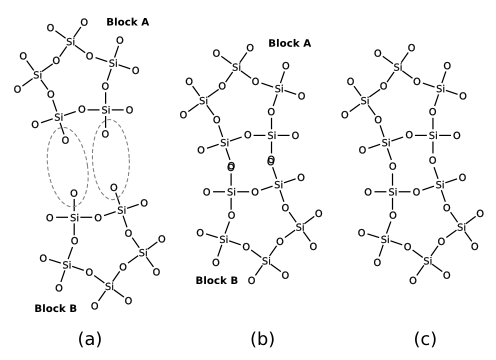
Figure 8: A schematic overview of the geometrical abstraction of a condensation reaction in Zeobuilder. See text for more details.
The connection scanner performs a deterministic search algorithm for all possible ways to connect two zeolite clusters through a polycondensation reaction. In order to limit the output to a manageable number of solutions, one can parameterize the scanner with several limiting factors. First of all, the connection scanner assumes that the two building blocks are rigid bodies. Internally the scanner compares triangles formed by terminating oxygen atoms in both structures. The minimum and maximum sizes of these triangles are important limiting ingredients. One can also define the mismatch tolerance when comparing triangles. A large mismatch tolerance will typically generate too many solutions. Finally a quality cost-function is used to discriminate between favorable and unrealistic solutions. The output is presented as in figure 9.
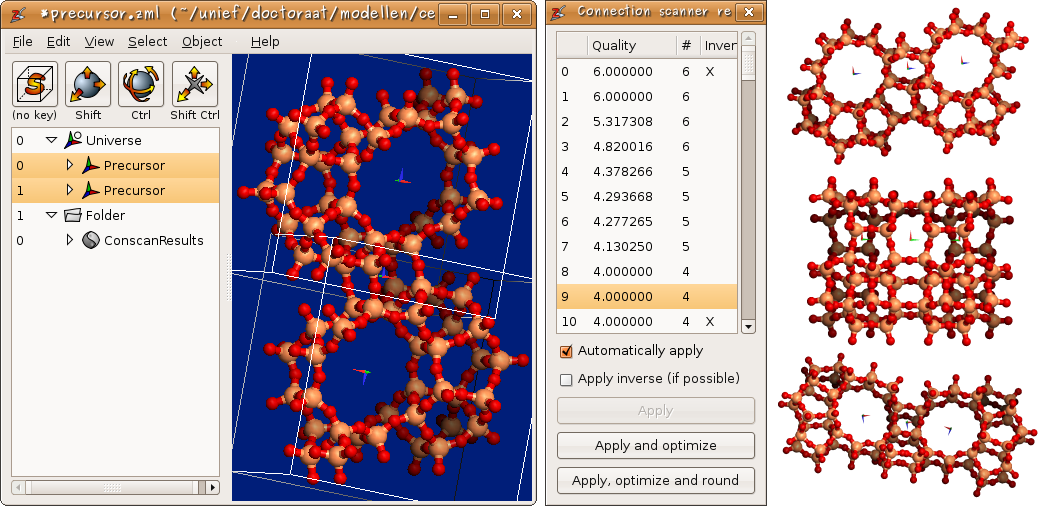
Figure 9: The connection scanner: From left to right: (i) A screenshot of Zeobuilder after the connection scanner has analyzed the MFI precursor. (ii) The overview of the connection scanner results. (iii) Three examples of condensed pairs of MFI precursors generated with the connection scanner.
Developer friendly¶
At first instance Zeobuilder will (hopefully) be very helpful in one’s day-to-day molecular editing tasks. After a while, one might however imagine special features that are not implemented yet, but that would be very helpful. In this perspective Zeobuilder is the number-one framework for the implementation of dedicated features with a minimal effort. The reasons are outline below.
Extensibility¶
Zeobuilder is designed to be extended with new features. The program consists of a small core and large amount of plugins. The core program has been kept as minimal as possible, while nearly all visible features of the program are implemented as plugins. These plugins do not interact with each other, so adding a new feature comes down to adding a new plugin. It is not necessary to interfere with the existing code base. Several types of plugins are supported:
- nodes: New types of objects that make up the molecular model.
- actions: New functionality, e.g. functions in the menu bar or interactive functions.
- load_filters: New file formats to read from.
- dump_filters: New file formats to write to.
- ...
There are a few other types of plugins that have more technical nature. It is even possible create new categories of plugins via the plugin framework.
Python¶
Zeobuilder is written in Python <http://www.python.org>, an easy to learn general-purpose language. Python rocks! It has given us the possibility to create a lot of special features that would be far from trivial in any other programming language. For example, plugins are self-contained python modules (text files) that can be installed in your home-directory. Compilation is not required and one can easily exchange plugins via email or web-pages.
Transferability¶
We do our best to implement each feature without making too much assumptions on how this feature is going to be used. This sounds awkward, but consider the spring optimization as a nice example. Initially the spring optimization was only meant to be used for connecting zeolite clusters via the geometerical abstraction of the condensation reaction. After a while we installed Zeobuilder on a dedicated desktop machine available to everyone in our research group. It turned out that the spring optimization was very popular for aligning organic molecules. This was not planned, but the generic nature of the spring objects resulted in unexpected applications.
Open Source¶
The whole Zeobuilder project only contains Free Software, distributed under the conditions of the GNU General Public License version 3. This choice removes all legal barriers for a collaborative development, while it still protects the copyrights and the credits of all authors. See GPL_License_v3 for technical details.
